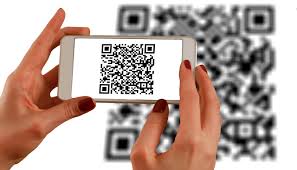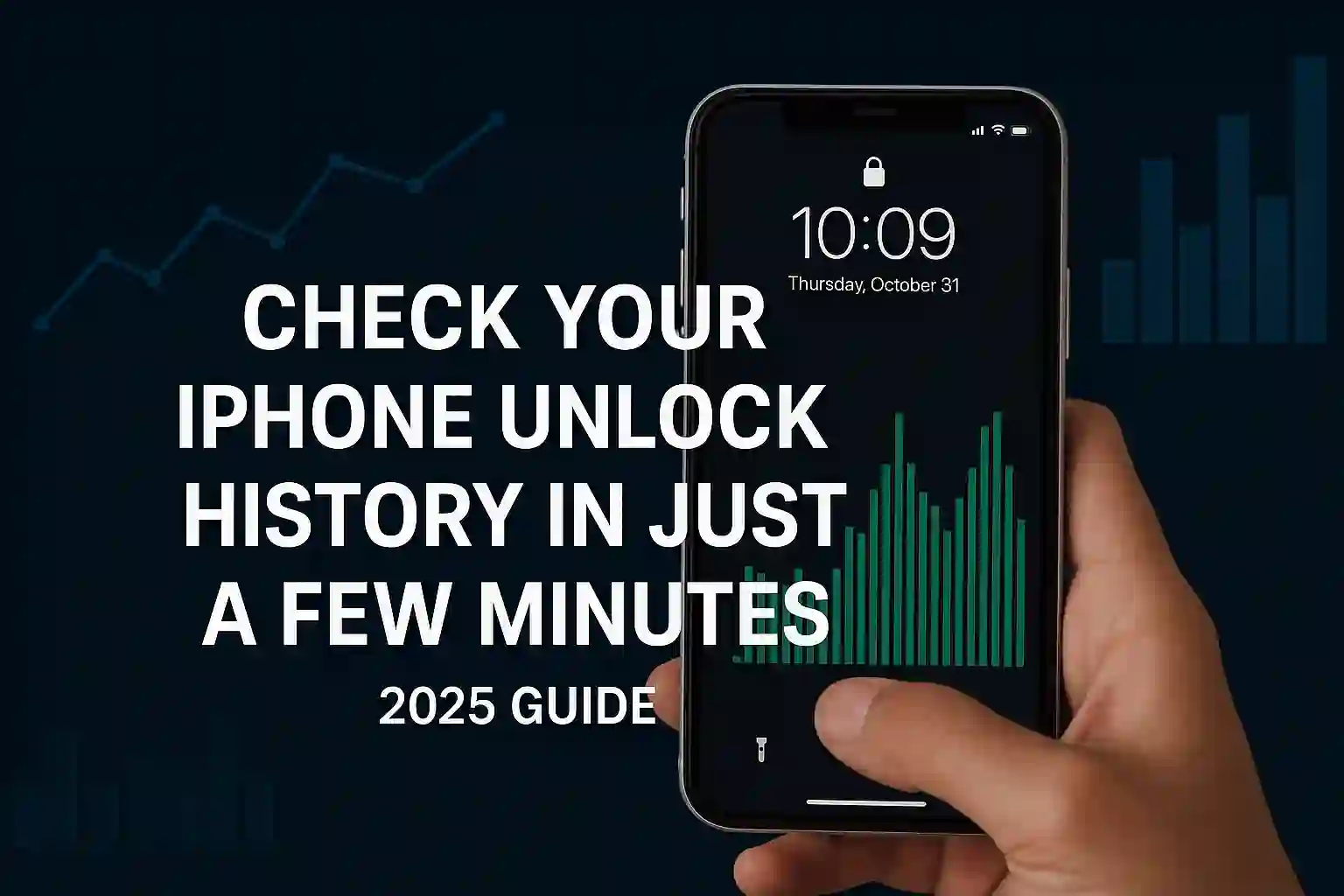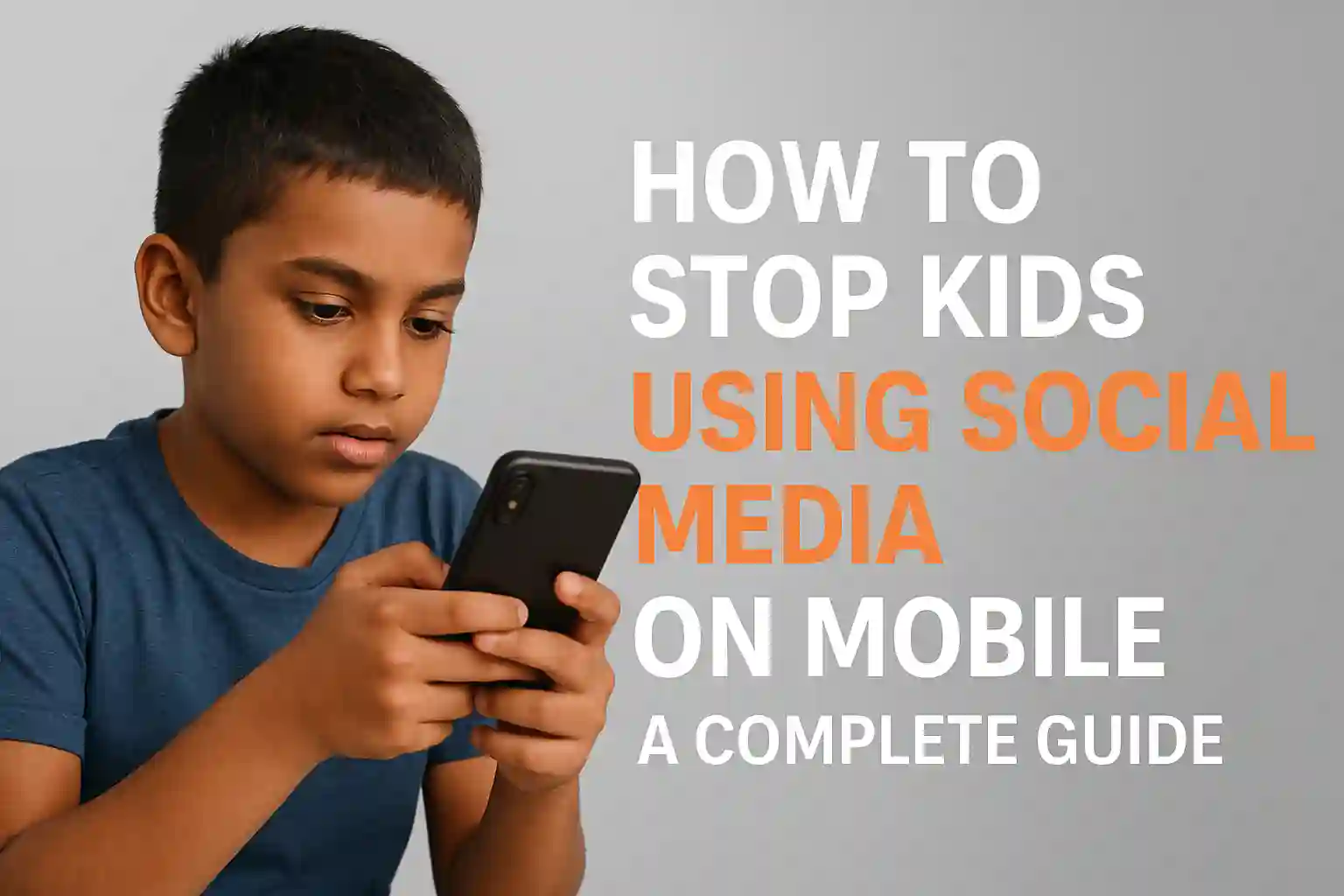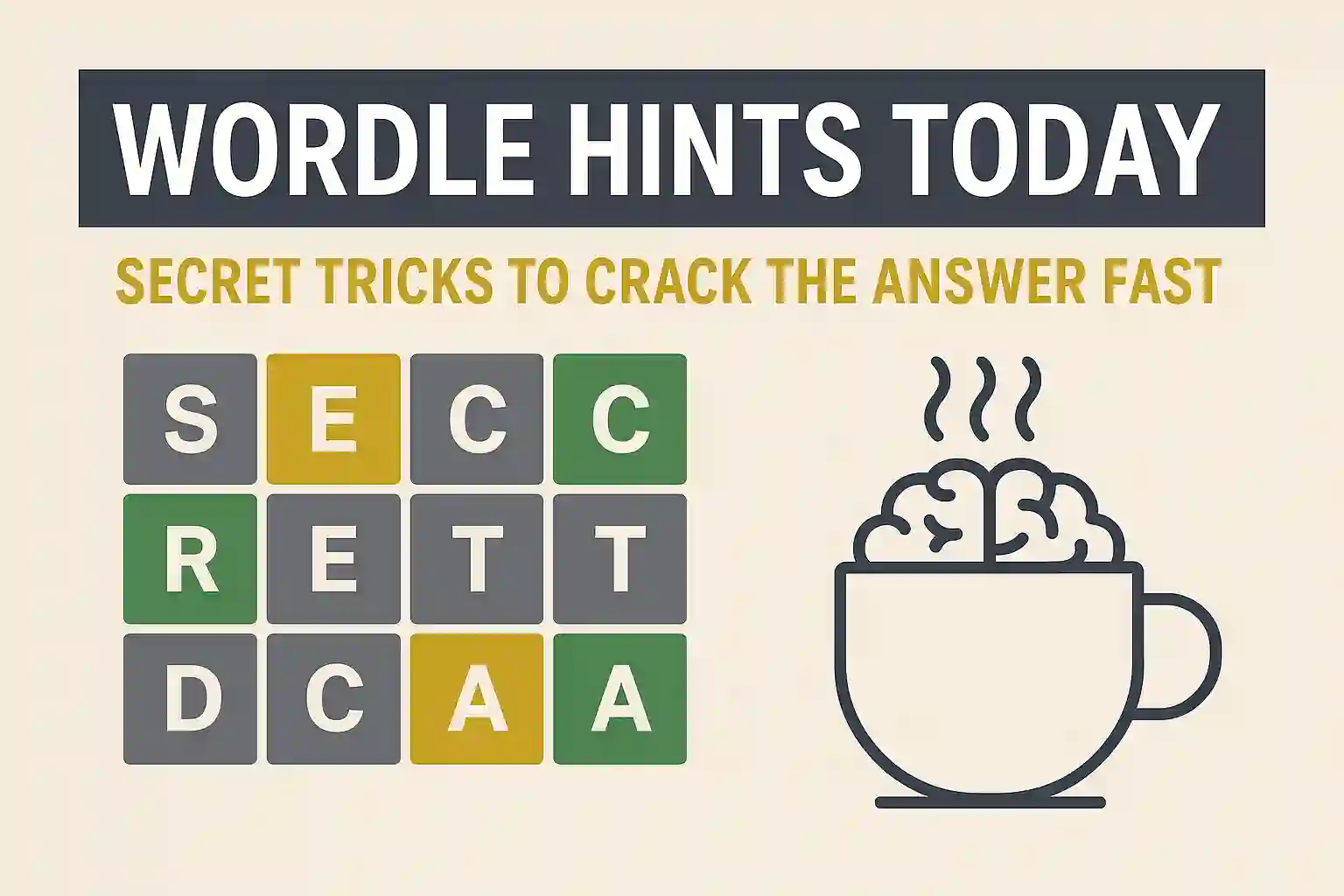Why Reverse QR Codes are the Future of Data Privacy and Security?

Table of Contents
ToggleReverse QR codes are the future of data privacy and security because they securely share sensitive information. They use encryption to protect data, allowing only authorized users to access it, which helps meet privacy laws like General Data Protection Regulation (GDPR) and California Consumer Privacy Act (CCPA). As cyber threats rise, reverse QR codes add extra security by requiring verification for access, reducing the risk of data breaches. They can be used in many areas, making them a key tool for businesses and individuals wanting to keep personal information safe while building trust in the digital world.
As technology improves, we rely more on digital data, making data privacy and security major concerns for both businesses and individuals. Reverse QR codes are becoming an effective way to protect sensitive information in our connected world. Unlike regular QR codes, reverse QR codes allow for selective access to encrypted data, giving users more control and privacy. This article will explain why reverse QR codes are the future of data privacy, how they work, and how to create them using a QR code generator. We’ll also look at their real-world uses and the benefits they offer across different industries.
READ MORE ABOUT – The 11 Best Games to Play When You’re Bored
1. What is a Reverse QR Code (RQR)?
A reverse QR code is a type of QR code that adds an extra layer of security to protect private information. Unlike regular QR codes, which anyone can scan and read instantly, reverse QR codes require a password or other verification steps before showing the information inside.
This means that only people with the right access can see what’s in the code, making it useful for things like sharing sensitive details or secure data. Reverse QR codes are perfect for when you want to control who can access your information and keep it private.
2. The Growing Need for Data Privacy
As more people use digital services and make online transactions, the need for strong data privacy is growing. With cyber threats at an all-time high, protecting sensitive information is crucial to prevent data breaches and keep users’ trust. Laws like the General Data Protection Regulation (GDPR) and California Consumer Privacy Act (CCPA) require businesses to take active steps to protect user data. Reverse QR codes can help by keeping data hidden behind secure layers and allowing access only to verified users. This added protection makes it easier for businesses to meet strict data privacy standards and keep personal information safe.
3. How Reverse QR Codes Work
Reverse QR codes work by allowing users to access information securely while keeping that information hidden from unauthorized users. Here’s how they typically function:
- Encryption: The data you want to share is encrypted, meaning it’s transformed into a secure format that can’t be easily read without the right key or access.
- QR Code Generation: A QR code is created that links to this encrypted data. This code doesn’t contain the data itself, just a reference to it.
- Scanning: When a user scans the reverse QR code with their device, it prompts for verification, like entering a password or providing a fingerprint.
- Access Control: Once verified, the user gains access to the decrypted data. If the user isn’t authorized, they won’t be able to see any information.
- Data Protection: This process helps protect sensitive information, ensuring that only those with the proper permissions can access it.
By using reverse QR codes, businesses can share information securely while complying with privacy regulations and maintaining user trust.dividuals needing to protect sensitive data, offering flexibility in who can view the information and under what circumstances.

4. Benefits of Using Reverse QR Codes
Using reverse QR codes offers several benefits, especially in terms of data security and user experience. Here are some key advantages:
- Enhanced Security: Since the data is encrypted and only accessible to verified users, reverse QR codes help protect sensitive information from unauthorized access.
- User Control: Users can choose who gets access to their data, giving them more control over their personal information.
- Compliance with Regulations: Reverse QR codes align with privacy laws like GDPR and CCPA, helping businesses meet legal requirements for data protection.
- Streamlined Access: Users can quickly access information without needing to remember passwords or log in to multiple platforms, simplifying the process.
- Reduced Risk of Data Breaches: By hiding data behind encryption, reverse QR codes lower the risk of data breaches compared to traditional QR codes.
- Versatile Applications: They can be used in various contexts, such as digital transactions, event check-ins, and customer loyalty programs, enhancing user engagement.
- Audit Trails: Businesses can track who accessed the data and when, providing transparency and accountability.
- Cost-Effective: Implementing reverse QR codes can be a cost-effective solution for data protection without the need for extensive infrastructure changes.
Overall, reverse QR codes provide a secure, user-friendly way to manage and share sensitive information in today’s digital landscape.
READ MORE ABOUT – Telegram vs WhatsApp: Which One Offers the Best Privacy, Features, and User Experience in 2025?
5. How to Create a Reverse QR Code with an Online QR Code Generator
Creating a reverse QR code with an online QR code generator is a straightforward process. Here’s a step-by-step guide:
- Step 1: Choose an Online QR Code Generator
- Select a reputable online QR code generator that offers encryption features. Some popular options include QR Code Generator, QR Stuff, or specialized services that focus on security.
- Step 2: Select the Reverse QR Code Option
- Look for the option specifically for reverse QR codes or encrypted QR codes. This may be labeled differently depending on the service.
- Step 3: Input Your Data
- Enter the information you want to encode. This could be a link, text, or any other data.
- Step 4: Encrypt the Data
- If the generator provides encryption options, enable them. You might need to set a password or a key that users will need to access the information.
- Step 5: Customize the QR Code (Optional)
- Many generators allow you to customize the design of your QR code. You can change colors, add logos, or adjust the shape to make it more visually appealing.
- Step 6: Generate the QR Code
- Click the button to create your reverse QR code. The generator will process your information and produce the QR code.
- Step 7: Download the QR Code
- Once generated, download the QR code in your preferred format (e.g., PNG, SVG). Make sure to keep the encryption key or password secure, as users will need it to access the data.
- Step 8: Test the QR Code
- Before sharing, test the QR code with a device to ensure it works correctly and prompts for verification as intended.
- Step 9: Share the QR Code
- Distribute your reverse QR code to your intended audience, ensuring you also communicate how they can access the encrypted information (e.g., sharing the password).
By following these steps, you can create a secure reverse QR code that protects sensitive data while providing controlled access to authorized users.
READ MORE ABOUT – What is Telegram? Why is It the Best Messaging App in 2025?
6. Practical Applications of Reverse QR Codes
Reverse QR codes are highly versatile and can be used across various industries to address specific security needs. Here are some practical applications:
- Healthcare: In medical settings, reverse QR codes can secure patient data, ensuring that only authorized personnel can access sensitive information such as medical records or treatment histories.
- Finance: Banks and financial institutions can use reverse QR codes to protect account information, transaction details, and other confidential data, providing clients with a secure method for accessing information.
- Retail: Reverse QR codes can authenticate high-value products, helping verify authenticity for luxury goods and preventing counterfeiting.
- Supply Chain and Logistics: Reverse QR codes can secure logistics data, restricting access to critical information only to personnel authorized to handle tracking and shipping information.

7. The Future of Data Privacy with Reverse QR Codes
The future of data privacy is likely to see significant advancements with technologies like reverse QR codes playing a crucial role. Here are some potential trends and developments:
- Increased Adoption: As concerns about data breaches grow, more businesses and individuals will adopt reverse QR codes for secure data sharing, ensuring compliance with privacy regulations.
- Enhanced Encryption Standards: We can expect advancements in encryption methods used for reverse QR codes, making it even harder for unauthorized users to access sensitive information.
- Integration with Biometrics: Future reverse QR code systems may incorporate biometric verification, such as fingerprints or facial recognition, adding an extra layer of security for accessing data.
- Interoperability: Reverse QR codes may become more compatible with various platforms and devices, allowing seamless access and sharing of encrypted data across different ecosystems.
- User-Centric Privacy Controls: Enhanced tools for users to manage their data permissions will likely emerge, giving them greater control over who can access their information through reverse QR codes.
- Regulatory Compliance: As data privacy laws evolve, reverse QR codes will likely be designed to meet new regulations, making them a standard practice in data management.
- Broader Applications: We might see reverse QR codes being utilized in more sectors, including healthcare for patient data sharing, education for secure access to materials, and even in IoT devices for safe interactions.
Overall, reverse QR codes could play a significant role in shaping a more secure and privacy-focused digital landscape, empowering users while helping businesses protect sensitive information.
READ MORE ABOUT – How to Extend an iPhone’s Battery Life and Keep It Healthy
8. Tools for Creating QR Codes for Free
There are several free tools available for creating QR codes. Here are some popular options:
- QR Code Generator (qr-code-generator.com): A user-friendly tool that allows you to create QR codes for URLs, text, emails, and more. Basic customization options are available.
- QR Code Monkey (qr-code-monkey.com): This site lets you create colorful QR codes and add logos. It’s easy to use and doesn’t require an account.
- GoQR.me (goqr.me): A straightforward tool that allows you to generate QR codes quickly. You can input text, URLs, or contact information.
- Unitag QR Code Generator (unitag.io/qrcode): Offers a variety of customization options, including colors and shapes. You can also track QR code scans if you sign up for an account.
- QRCode Tiger (qrcode-tiger.com): A versatile generator that allows for dynamic QR codes (which can be edited after creation) and provides tracking features with a free account.
- QR Stuff (qrstuff.com): This tool allows you to create QR codes for various data types, including social media links and Wi-Fi access. Customization options are available.
- Visualead (visualead.com): This generator allows you to create visually appealing QR codes by integrating images and designs.
- Kaywa QR Code Generator (qrcode.kaywa.com): A simple tool for generating QR codes, with options for static and dynamic codes.
These tools typically allow you to create QR codes for free, though some may offer additional features or customizations with paid plans.rate QR codes without incurring costs. If you’re seeking more robust encryption features, a premium version may be worth considering.
9. Conclusion: The Role of Reverse QR Codes in Tomorrow’s Security Landscape
In summary, reverse QR codes are set to play an important role in the future of data security. As more people go online and worry about privacy and cyber threats, these codes offer a smart way to share sensitive information safely. By using encryption and access controls, reverse QR codes make sure only authorized users can see the data, helping businesses comply with privacy laws.
Looking ahead, we can expect better encryption methods, connections to biometric security like fingerprints, and wider use in different fields. More businesses and individuals will likely start using reverse QR codes to protect their information, creating a safer digital environment.
Overall, reverse QR codes not only boost security but also give users control over their personal data, building trust in the online world. Their importance in keeping our information safe will continue to grow as we navigate the digital landscape.

READ MORE ABOUT – Facebook vs Instagram: The Hidden Benefits of Each Platform
FAQs
1. What is a reverse QR code, and how does it differ from a regular QR code?
A reverse QR code is a QR code that encrypts the data within it, allowing only specific users with authentication (such as a password) to access the information. Unlike regular QR codes, which are publicly accessible upon scanning, reverse QR codes restrict access to enhance data privacy and security.
2. How does a reverse QR code enhance data privacy and security?
Reverse QR codes offer an additional layer of security by encrypting data and restricting access. Only verified or authorized users can decode the information, preventing unauthorized access and protecting sensitive data.
3. Can I create a reverse QR code for free?
Some free QR code generators offer basic encryption options, though advanced reverse QR code features may require a paid plan. Examples of free QR code generators include QR Code Monkey and GoQR, but check if they meet your encryption needs.
4. What are the best online QR code generators for creating encrypted QR codes?
Top QR code generators for encryption include QRCode-Tiger, QR Code Monkey, and Unitag. These platforms offer customization options and the ability to set passwords or access controls.
5. How does a reverse QR code work?
Reverse QR codes encrypt the embedded information, requiring authentication, such as a password or specific user permissions, to view the data. This process ensures that only authorized individuals can access the QR code’s contents.
6. What industries benefit the most from using reverse QR codes?
Industries that handle sensitive information benefit greatly from reverse QR codes, including healthcare (for patient data), finance (for secure transactions), retail (for product authenticity), and logistics (for secure tracking).
7. How do I set up authentication for a reverse QR code?
Most QR code generators with reverse functionality allow you to set authentication, such as passwords, upon creation. You can specify who can access the data and sometimes add multi-factor authentication for extra security.
8. What are some common uses for reverse QR codes?
Common uses include protecting confidential information, securing transaction data, authenticating products, and controlling access to sensitive data in healthcare and finance.
9. Are reverse QR codes compatible with all QR code scanners?
Not all QR scanners can read reverse QR codes, as some may lack the capability to handle encryption. Often, only specific apps or readers can decode encrypted QR codes, depending on the security level required.
10. How do reverse QR codes help with GDPR and CCPA compliance?
By encrypting and restricting access to personal data, reverse QR codes help companies meet privacy requirements under regulations like GDPR and CCPA, protecting user information and limiting exposure.
11. Can reverse QR codes expire or be set to work only at specific times?
Some advanced reverse QR codes can be configured to expire after a set time or to function only within certain conditions, such as a specific date range or location, adding another layer of control.










